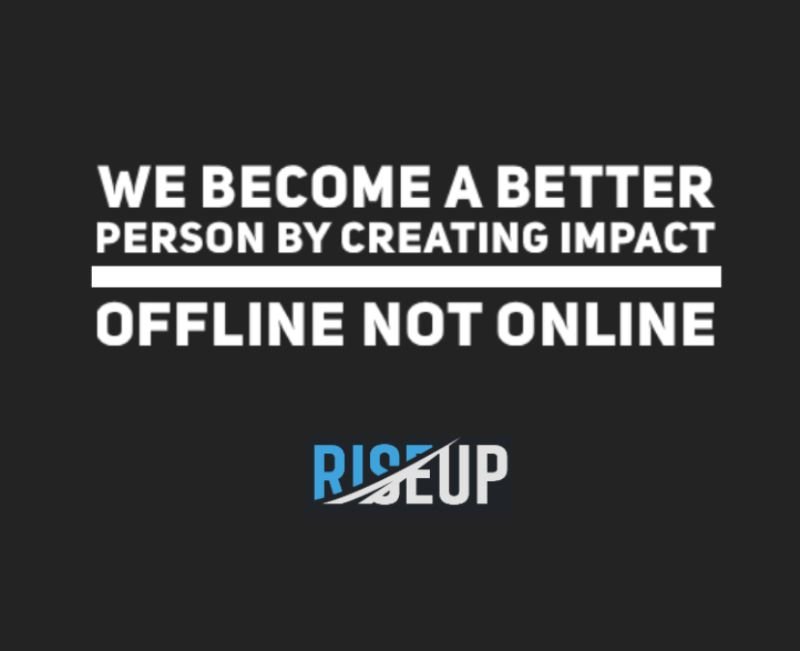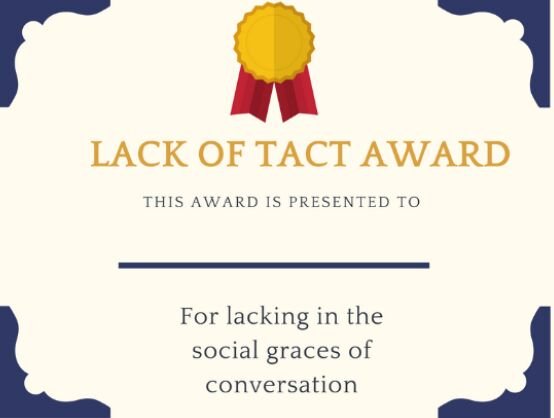The real test of your influence is when you can do it without authority. This is especially true for leaders where authority is naturally tagged to the title they are holding. However, influence is a skill that is critical not just to a leader’s success, but more so for people who have to work with other business units frequently.
As organizations get leaner, a few business units share the same resources, and influence is key to determining who gets more and why a business unit should get lesser. So it is critical that you know how to influence positively to get things done effectively – without using authority.
Here are three concise behavioural strategies that influence people to work with you willingly and happily.
1. Avoid-Reduce-Share
This consists of three elements. The more elements you can apply to an encounter, the more likely that people will listen to your point of view.
“Avoid” is about helping people move away from a negative possibility, be it missing out on their Key Performance Indicator (KPI) or avoiding losing money or time – anything that is perceived to have a high value to the person.
“Reduce” is about helping the other person to free up resources for time, money or manpower.
When you “share” either resources or information that are useful to the person in getting things done effectively, you will build trust in the process, which will help you gain greater influence.
2. Setting a Baseline
When someone falls short of a standard, all we need to do is to remind the person of the shortfall and the person will automatically rise to the same baseline as before. We call the baseline a standard or commitment. To influence consistently, it is necessary for us to set a benchmark of performance.
If it’s a product-marketing project, the baseline would be revolving around the mission of the company, what the brand stands for, and this directly impacts the product the company produces with the consumer in mind.
The baseline is a simple but highly important cornerstone when influencing groups. In any case, where people start to deviate, it’s important to have a baseline and influence them back on track.
3. Giving People Less Choice
Giving people less choice is about reducing the chance of them procrastinating. I am sure you have experience purchasing a big-ticket item, be it a laptop, LCD TV or an expensive camera.
Being spoilt for choice might not be a good thing for most of us – research shows that they took 200 per cent more time to choose from 30 types of chocolate than from six types.
When there are just too many factors to consider, people end up not making a choice. When making a major decision within a team, cutting down on the number of options is a sure way to accelerate decision making and taking action eventually. What would be a good number of options? Two is enough to make a person go into a dilemma; thus an option of 2 is always a good gauge.


